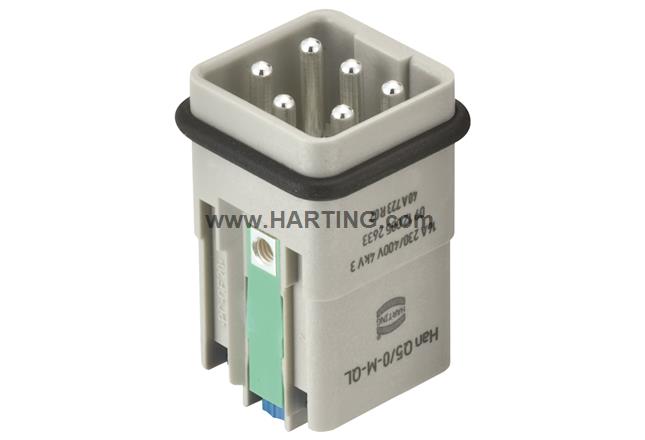So TMB uses a 2-pole Speakon plug for their Firefly system. I use 4-Pin Neutrik XLR for most RGB tape with specifically marked cable for its application. That's been fine up to now given scrollers are mostly not used these days, but still it seems at least once a month I have some crew chief asking me if they can use a company inventory scroller cable for some LED tape use a show has.
Using any form of Color Ram, ChromaQ or in general 4-pin scroller cable for a jumper from power supply is a bad concept in sending voltage thru a normal in all cases for some conductors... 24ga wire.
No matter how well one might mark a 4-pin XLR cable to be specifically for doing LED tape.... You will fail in use.
Now designers are wanting the newer RGBA or RGBW Led tape. That means a 5-pin connector, and normal Neutrik 5-pin DMX cable won't take the amperage, much less such male plugs won't take a 18gauge wire as needed at least in some cases. SuperbriteLED's has four node wide LED tape which is awesome in output but you can only run one 16.4' strip per connection. It's a cool thing as with lots of other very high power LED tape even currently out and requiring for jumper cables at least 18ga. RGBA changes that in now needing a 18/5 cable to potentially supply.
The industry needs to come up with a LED tape 4 and 5-pin plug for a 18ga cable range. Switchcraft has a 16ga Nano Plug on the market but after a week of asking.... gave up in probably not available.
So If there were a plug - not XLR standard so as to get confused with data cable - and a problem... What for a 4 and 5 pin plug as similar would one want to see? My staff had to grind down some Klien 1/4" magnetic nut drivers today in the outer shell of the nut driver so as to install a lot of 4-40 nuts on PowerCon True 1 panel mount males. Why is the flange of the PowerCon True 1 mounting flange so close to it so any holes in the material to the OD of the panel mount of the plug? Normally 1/2 the dia. of the hole would be a distance from a hole to an edge. Powercon True1 flanges and most Neutrik standard is not that in making it difficult to mount their outlets.
So for me, in doing a LED tape plug type... a flange one could work with would be good in not having to grind down a tool to make fabrication easier.
Thoughs on a LED 4 and 5-pin plug design? Perhaps a plug that could plug into either?
Using any form of Color Ram, ChromaQ or in general 4-pin scroller cable for a jumper from power supply is a bad concept in sending voltage thru a normal in all cases for some conductors... 24ga wire.
No matter how well one might mark a 4-pin XLR cable to be specifically for doing LED tape.... You will fail in use.
Now designers are wanting the newer RGBA or RGBW Led tape. That means a 5-pin connector, and normal Neutrik 5-pin DMX cable won't take the amperage, much less such male plugs won't take a 18gauge wire as needed at least in some cases. SuperbriteLED's has four node wide LED tape which is awesome in output but you can only run one 16.4' strip per connection. It's a cool thing as with lots of other very high power LED tape even currently out and requiring for jumper cables at least 18ga. RGBA changes that in now needing a 18/5 cable to potentially supply.
The industry needs to come up with a LED tape 4 and 5-pin plug for a 18ga cable range. Switchcraft has a 16ga Nano Plug on the market but after a week of asking.... gave up in probably not available.
So If there were a plug - not XLR standard so as to get confused with data cable - and a problem... What for a 4 and 5 pin plug as similar would one want to see? My staff had to grind down some Klien 1/4" magnetic nut drivers today in the outer shell of the nut driver so as to install a lot of 4-40 nuts on PowerCon True 1 panel mount males. Why is the flange of the PowerCon True 1 mounting flange so close to it so any holes in the material to the OD of the panel mount of the plug? Normally 1/2 the dia. of the hole would be a distance from a hole to an edge. Powercon True1 flanges and most Neutrik standard is not that in making it difficult to mount their outlets.
So for me, in doing a LED tape plug type... a flange one could work with would be good in not having to grind down a tool to make fabrication easier.
Thoughs on a LED 4 and 5-pin plug design? Perhaps a plug that could plug into either?



